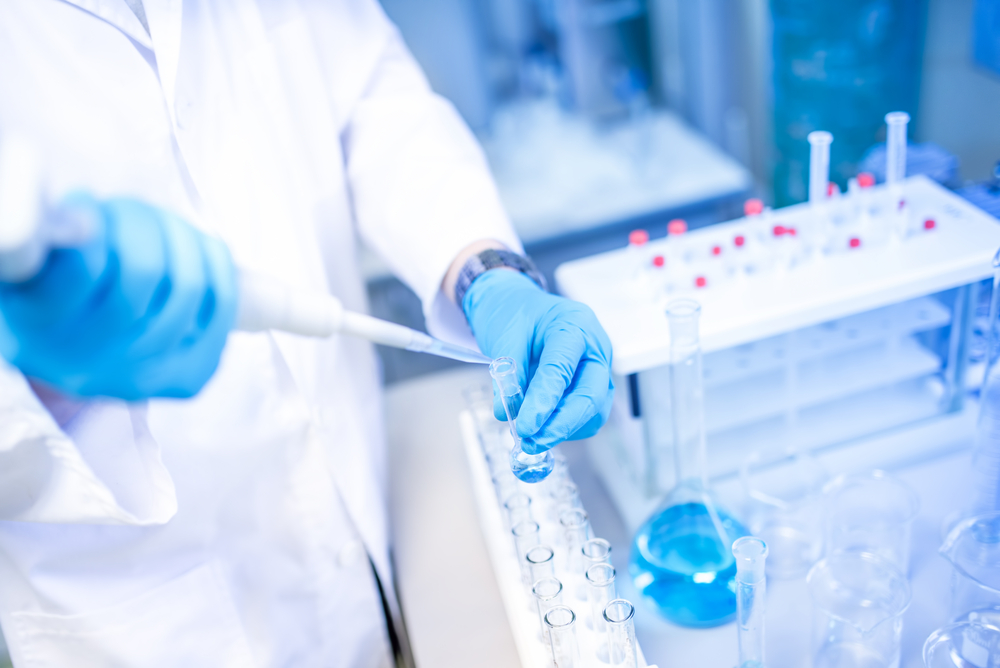Mechanisms Behind Muscular Dystrophy And The Road To New Therapies

A recent special issue of the BioMed Research International journal was published focusing on the newest clues of the mechanisms behind muscular dystrophies and novel directed therapies for the disease.
There are various forms of muscular dystrophy and, as the name implies, they are characterized by wasting of the muscles throughout the body. Most of them are genetic, causing muscle weakness of the voluntary muscles (i.e, muscle whose action is normally controlled by an individual’s will as compared to involuntary muscles), but muscle loss can also be due to inactivity, terminal cancer or malnutrition. These voluntary muscles are called skeletal striated muscles and are responsible for our ability to walk, talk and even breathe.
Management of those affected is usually directed to the complications of the disease, namely physical therapy for muscle weakness and non-invasive ventilation in case of respiratory problems. As a consequence, deep understanding of the mechanisms of the several muscular dystrophies is necessary for better and more effective therapies.
This new issue explores several different relevant findings linked to muscular atrophy:
- the role of inflammation status and nutrition and various other substances in disease pathogenesis, including transforming growth factor beta 1 which has been shown to be a key player in these processes.
- Alterations in a protein found in the voluntary muscles called dystroglycan are observed in at least two forms of muscular dystrophy, with this issue reporting a novel study that explores its specific functions and its relation to muscle dystrophies.
- Calcium is a very important substance involved in muscle contraction and a new model recently developed in the laboratory has studied its role in the pathways underlying muscle contraction.
As discussed previously, this special issue gives new insights into several functional alterations associated with muscular dystrophy. In the end, the aim is to facilitate the work of physicians and researchers to find novel directed therapies targeting the disease, changing the approach from managing complications to effectively treating and/or curing the disease.






